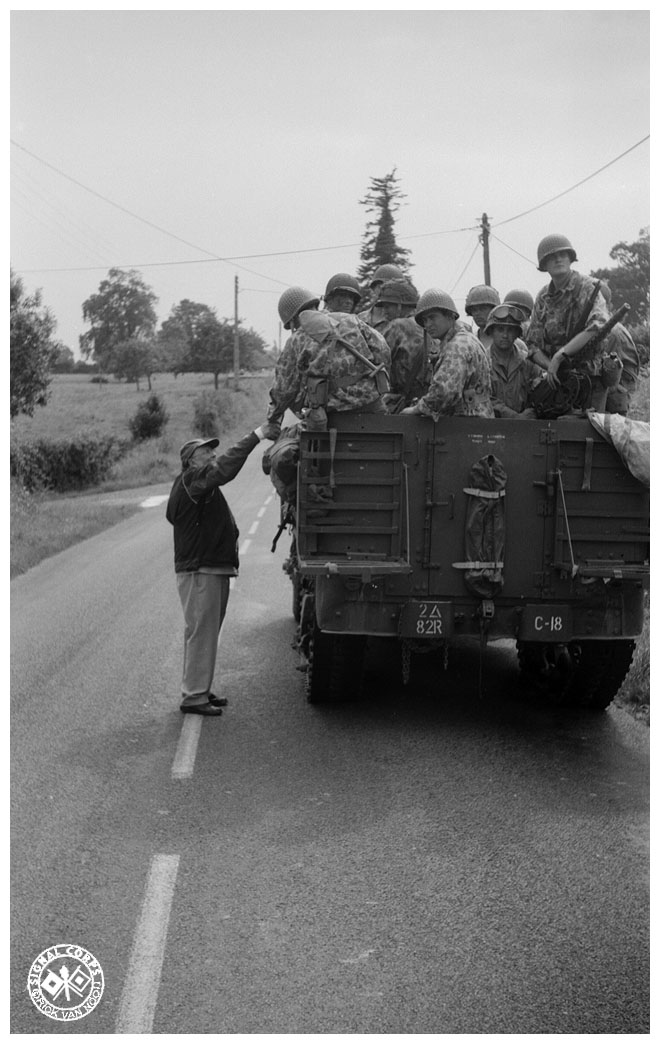Highway 61
Revisited
Yes he parachuted into actual Germany in 1945 not 1944, true, this is how he arrived in Leipzig in April 1945 to take his "Last man to die" photo in a large house facing a park, which has recently been re-named the "Capa Haus", see this old RFF thread which has raised very little interest if any :Capa parachuted into Germany during Operation Varsity in March 1945. 😉
Some US divisions had already broken through the Siegfried Line in November/December 1944 or were slogging their way through it at Huertgen forest. I don't rightly recall if Capa actually covered any of those units in Germany before Varsity.
https://rangefinderforum.com/forums/showthread.php?t=157432&highlight=capa+haus
😉
What I was thinking of is his covering of the "Battle of the Bulge" (unofficial name of the German Ardennes counteroffensive) in the Germany occupied Belgium (near Bastogne, the Belgian city in which the American 101st Airborne Division as well as the 969th Artillery Battalion, and the Combat Command B of the 10th Armored Division where encircled by Von Rundstedt's troops), in December 1944. Capa was attached to the 4th Armored Division then and he took photos of the US infantry and artillery in the snow, then of German troops surrending - this is where he noted that they wouldn't run towards the US soldiers asking questions about their cousins of Brooklyn, contraringly to Italian people and ex-Mussolini's regime Italian soldiers. He told that they only asked for cigarettes.
What to be noticed on those Ardennes battle photos is the extrem youth of the German soldiers made prisoners or war. The agonizing IIIrd Reich was sending teenagers to the front.


